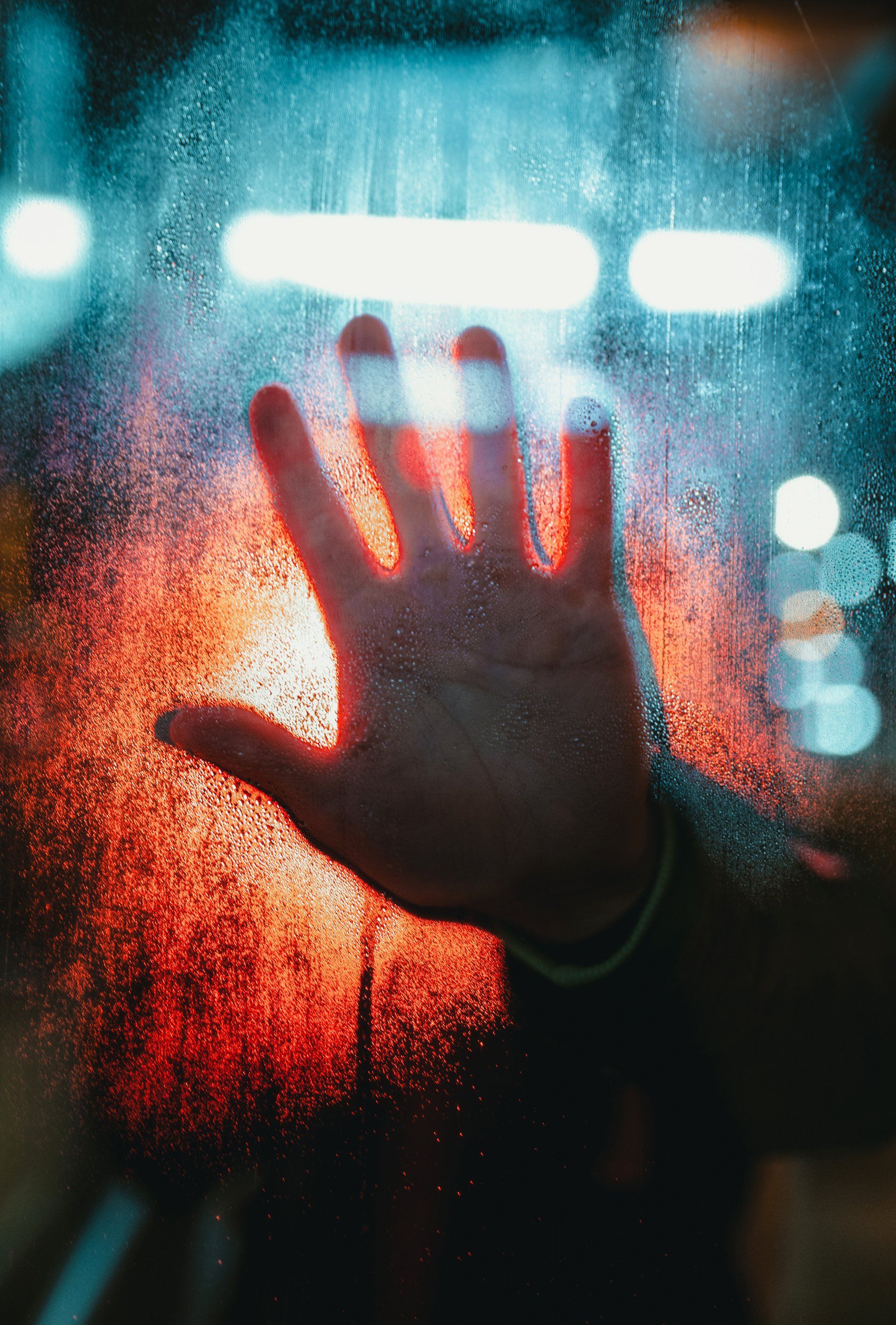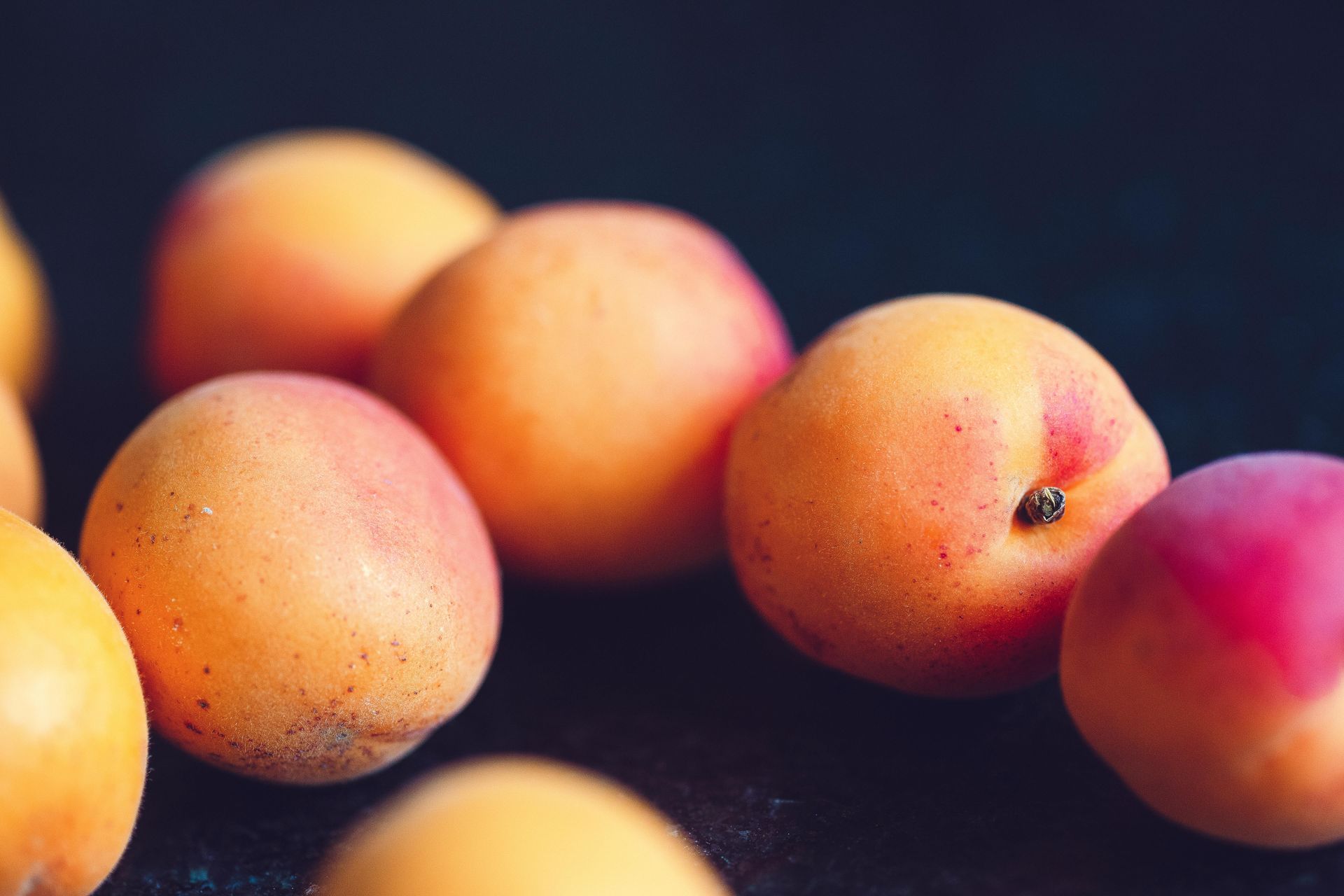UVC light disinfection questions…
What is the effect of UVC on plants?
Plants need light. It's their main source of energy. Sunshine is made up of three broad light wavelengths called UVA, UVB and UVC. As sunlight passes through the atmosphere, all the UVC and most of the UVB is absorbed by ozone, water vapour, oxygen and carbon dioxide. The UVA isn't filtered out as efficiently, so plenty of that reaches earth.
We use UVC light to disinfect work spaces, play spaces and more against covid-19. Imagine your work space contains houseplants, placed there to give your employees a more attractive and healthy workspace? What effect does covid UVC light disinfection tech have on those plants, if any? Can you safely use our UVC LED disinfection tech without damaging the plants that makes life at your place so much nicer?
The effect of UVC light on plants
Our covid disinfection machines use UVC light. Plants are not naturally exposed to natural UVC light outdoors, simply because the light doesn't naturally find its way through the ozone layer. In fact UVC in large doses can damage plants.
If you are growing tomatoes indoors under lights, for example, and you leave a UVC light on all day, you'll be in trouble. You'll kill them off. In the same way as it damages virus DNA and RNA, UVC wavelength light damages plant RNA and DNA. On the other hand it depends on how long you expose the plant to UVC.
Our machines are designed to be switched on for a short time. A few minutes is usually enough to disinfect an average sized classroom, for example, or a dental surgery. Experts say it takes longer term exposure than that to destroy and mutate the RNA and DNA inside a plant. Germicidal UVC bulbs have been used in horticulture for years. In fact some companies make commercial UVC lights designed to treat fungus on plants, which are widely used as a daily part of commercial plant maintenance. Here's an example. The spores from a plant disease called Powdery Mildew are killed off by around 1800 u watts of UVC light, and all that's needed is a 'quick once-over' for the light to kill all the spores the light touches.
Daily short term use of UVC in this way not only kills spores and moulds. It can even help the plant develop thicker leaves, something else that helps them reject pathogens.
A word from the scientists
In 2007 two Dutch inventors, Arne Aiking and Frank Verheijen, were given a Patent for their method of treating live plants and mushrooms against pathogens using UVC light. They had discovered the secret to using UVC to fight pathogens on living plants – namely, that you shouldn't use 'more than necessary'. These days the mobile UV-C lamp they invented travels up and down thousands of commercial greenhouses across the world, keeping plants safe from disease on a grand scale.
They say the safest way to use UVC on plants is in regular, small doses, shining it every day for a short time. So are you safe using our UCV covid disinfection lights in a space that contains plants? The answer is yes, because the exposure isn't long term enough to cause damage. It's also interesting to note that UVC light doesn't penetrate through leaves.
If your office is stacked with beautiful houseplants, you can relax. Our UCV covid disinfection machines shouldn't cause them any damage.










